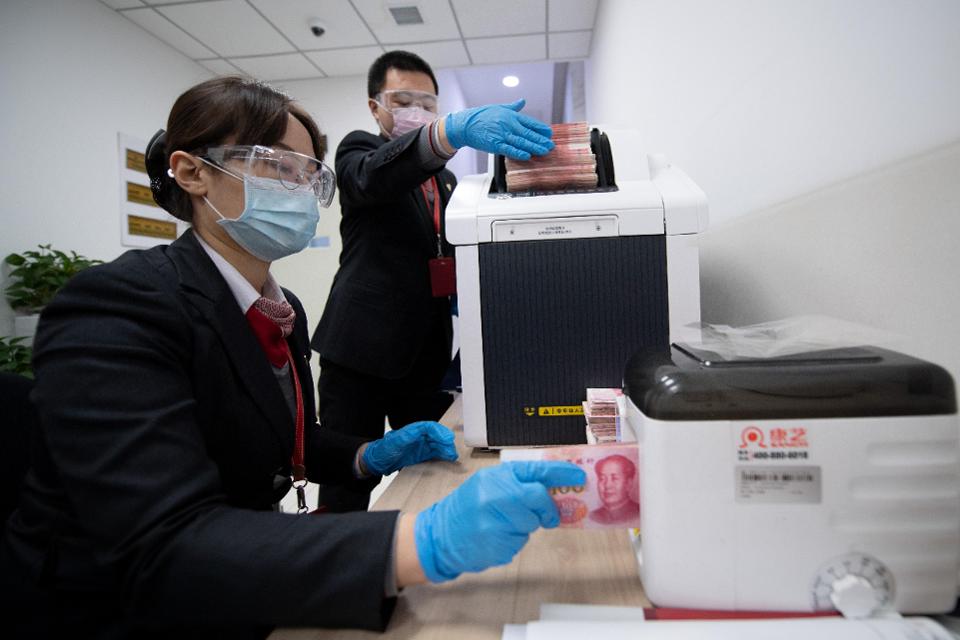
Remote working and disruptive changes in operations are bringing about a range of technical problems that banks across the region are scrambling to resolve.
Sourcing laptops, boosting bandwidth for homebound employees, deploying tens of thousands of home videoconferencing kits—these are just a few of the issues that are forcing the banks to brace for what might be a revolution in flexible working.
Across the industry, IT and operations teams are working hard to tackle operational, technical and logistical challenges in a changing environment. Many banks have come to realise that the ongoing situation is likely to alter the customer experience landscape forever.
“Remote working hasn’t been part of banking’s core DNA,” said Stuart Gurr, Deutsche Bank’s group chief information officer for Asia-Pacific.
Covid-19 often requires extraordinary measures
Gurr and his team were responsible for ensuring that Deutsche’s 25,000 employees, scattered across 14 countries in the region, are able to perform their jobs seamlessly.
This meant remotely accessing their desktops, staying in contact with colleagues and clients, and creating effective workspaces in relatively small flats in cities, such as Hong Kong and Singapore.
This operation would normally take weeks or months, Gurr said, but it had to be done within days.
In February, Deutsche had to deploy 50,000 videoconferencing sets globally within two weeks to keep its employees connected.
Adaptation and improvisation
When authorities in India and the Philippines imposed lockdowns in March, Citigroup had to improvise quickly to keep it operation going. The American bank was forced to book blocks of hotel rooms next door to its call centres. These rooms are still being used by Citi.
As the region remains under lockdown, some 70% of Citigroup’s employees in Hong Kong are working from home. The figure is up to 100% for other banks in the region.
Standard Chartered has increased the capacity of its virtual private network system by more than 600% since the beginning of February. Most of its 84,000 employees globally continue to work from home, a spokeswoman said.
Shortage of equipment
In the IT hustle to gear up, banks were not just competing with banks. Companies from across industries were racing to suppliers in search of laptops and other equipment.
“Everyone was facing the same problem at exactly the same time. Being decisive and acting quickly was critical,” Gurr said. “If you waited a day or two to decide on your strategy, laptops you wanted would have been gone.”
Goldman Sachs also was forced to hunt down equipment for its staff and bolster the bandwidth of its internal infrastructure in March to handle the larger number of people working from home.
That included sending a team in the middle of the night in a warehouse in India to secure additional monitors for employees.
Lack of control and cyber threat
The disruptive situation has led to an increase in cyber threat. When employees are working out of the office, banks’ control over their systems is impaired to various degrees.
The fear of cyber attacks has therefore added to the tension.
Email phishing scams, many related to the pandemic, have risen dramatically this year, prompting the United States and the United Kingdom cyber security officials to issue a joint warning about potential scams and malware attacks.
In April, HSBC’s new cyber security Index found that 16% of Hong Kong residents surveyed incurred financial losses as a result of cyber scams, losing HK$2,811 (US$363) on average.
Only about 8.5% of Hong Kong residents have an advanced understanding of cyber security best practices.







